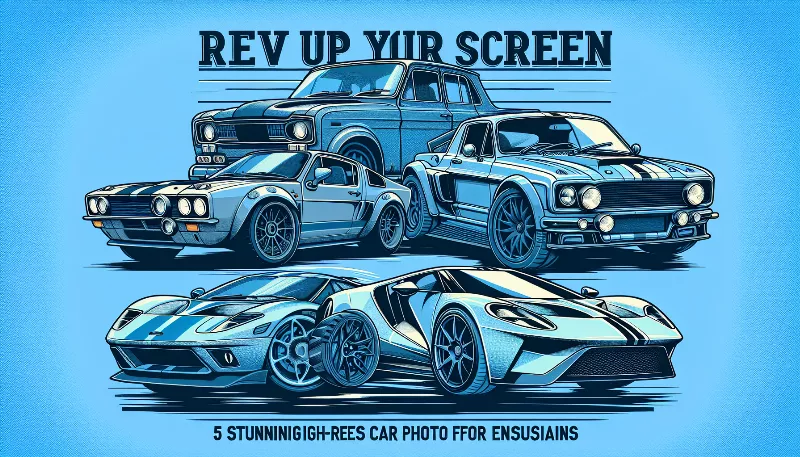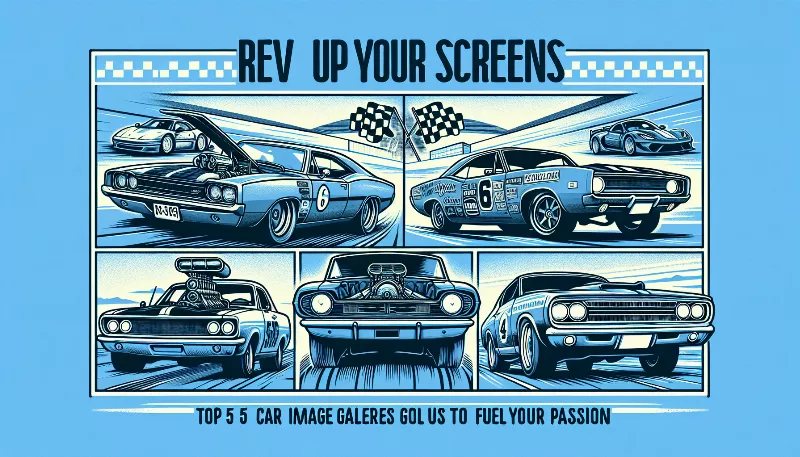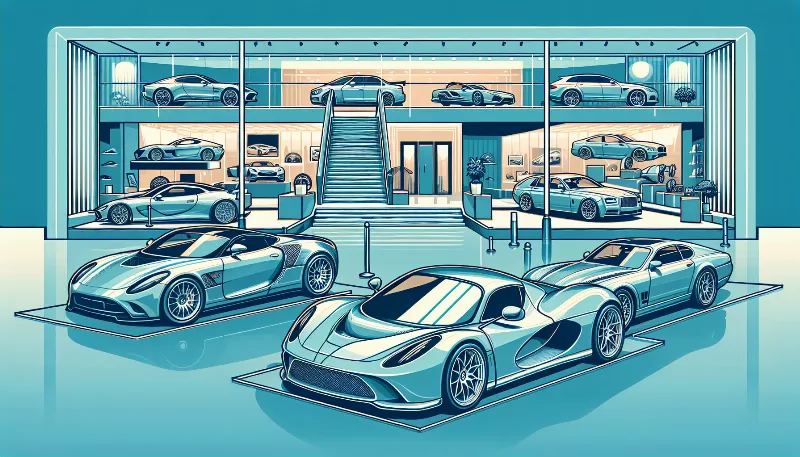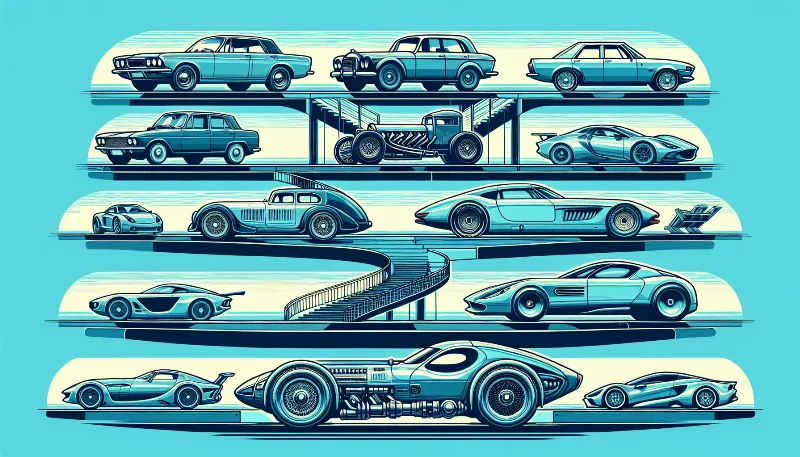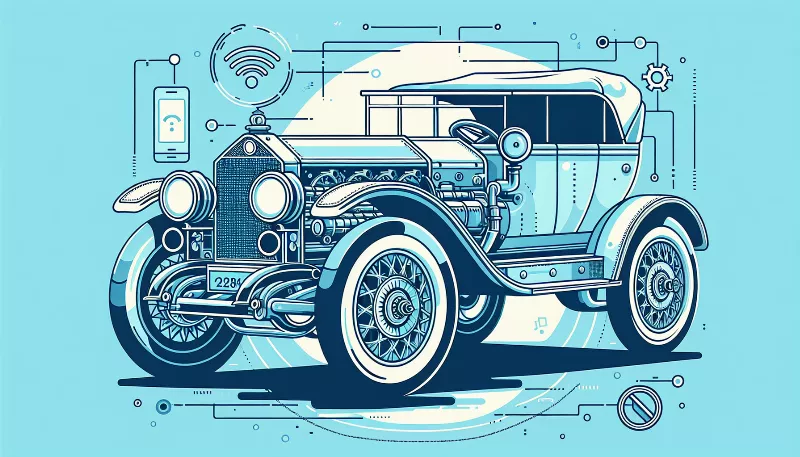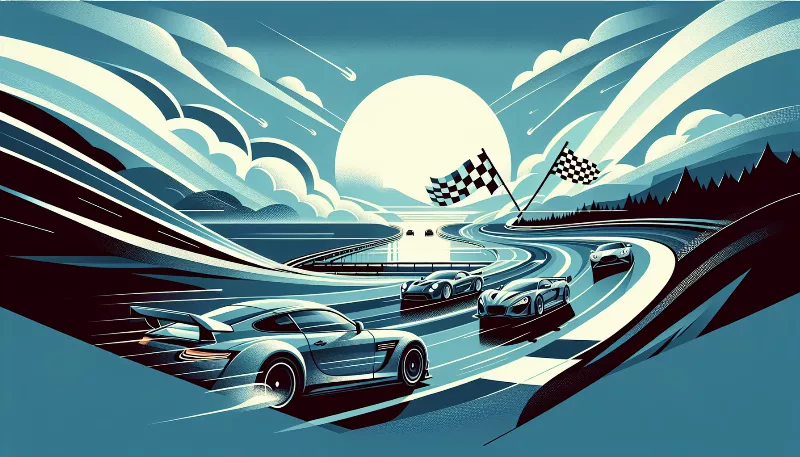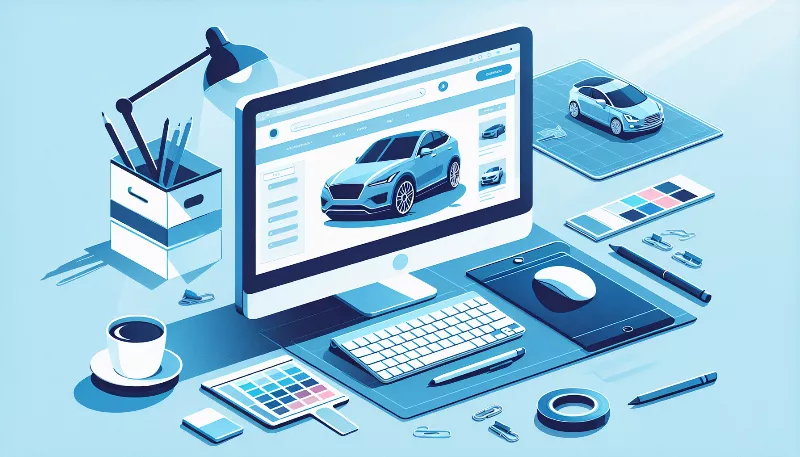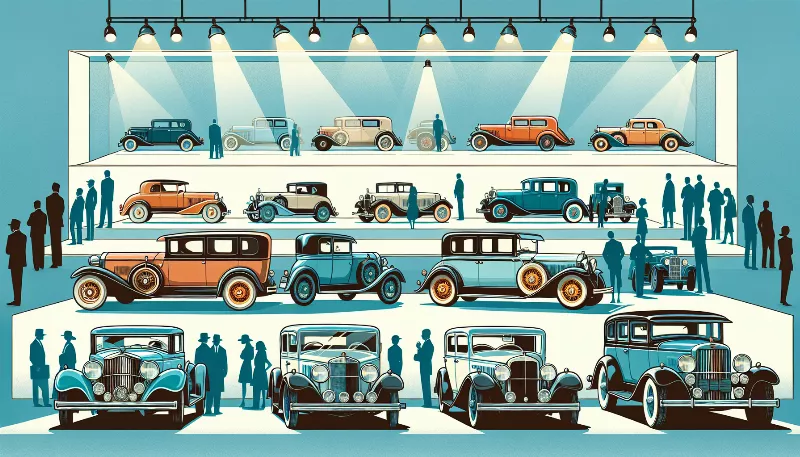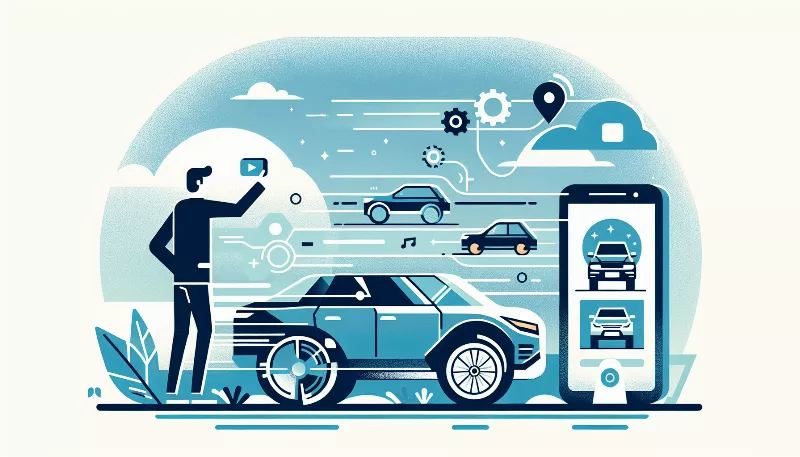What are some tips for taking professional-quality photographs of cars for a gallery?
Elevate your car photography with pro tips for stunning gallery shots. Learn angles, lighting & editing tricks to capture cars like a pro. Snap & impress now!
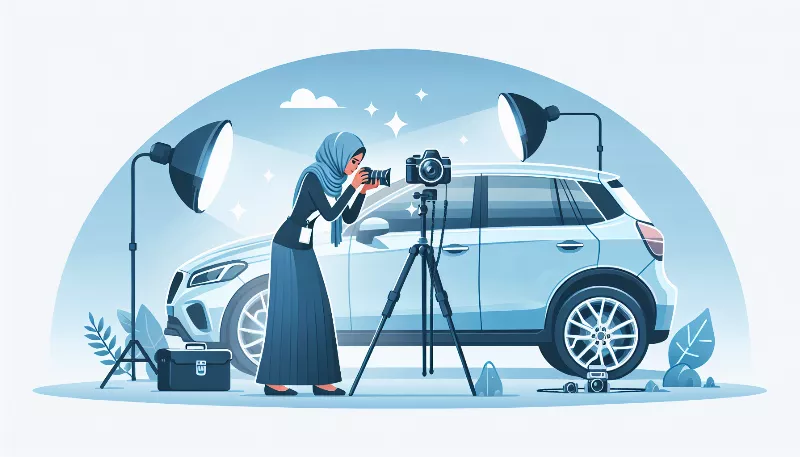
Embrace the Power of Preparation
Before you even press the shutter button, the secret to capturing professional-quality photographs of cars begins with meticulous preparation. Start by selecting the perfect location—one that complements the vehicle's design and doesn't distract from its lines. Ensure the car is spotless, polished, and gleaming; every detail matters when striving for gallery-level imagery. Consider the time of day as well; soft, golden-hour light can accentuate curves and create a dramatic mood that midday sun simply cannot match.
Get Creative with Angles and Perspectives
Professional automotive photography isn't just about taking a picture; it's about telling a story. Experiment with various angles and perspectives to showcase the car's personality. Low angles can make a car look powerful and imposing, while higher vantage points might highlight sleek rooflines or intricate wheel designs. Don't be afraid to lie on the ground or climb to higher ground to find that unique shot that will make viewers stop and stare.
Focus on the Details
While capturing the car in its entirety is important, the magic often lies in the details. Close-up shots of the stitching on leather seats, the texture of carbon fiber panels, or the reflection in a perfectly polished hood ornament can elevate your photographs from good to breathtaking. Pay attention to these small elements and use a shallow depth of field to isolate them, drawing the viewer's eye directly to these points of interest.
Lighting Is Your Best Friend
Lighting can make or break a car photograph. Natural light is a powerful tool, but knowing how to manipulate it is key. Use reflectors to bounce light into shadowy areas and diffusers to soften harsh sunlight. If you're shooting indoors or at night, consider investing in external flashes or LED panels to give you more control over the lighting environment. Remember, the goal is to flatter the car's features, not wash them out or create unflattering reflections.
Post-Processing Perfection
Even the best in-camera images can benefit from a little post-processing polish. Use software like Adobe Lightroom or Photoshop to adjust exposure, contrast, and color balance to bring out the best in your photos. Be careful not to overdo it; your edits should enhance the photo's natural beauty, not create an artificial or over-processed look. Subtle adjustments can make a world of difference in achieving that gallery-quality finish.
Composition Is Key
Composition is the cornerstone of any great photograph. Follow the rule of thirds to create a balanced image, placing the car along the intersecting lines for a pleasing aesthetic. Also, be mindful of the background—cluttered or busy scenes can detract from the car itself. Instead, opt for simple, clean backdrops that allow the vehicle to be the star of the show. When done right, composition guides the viewer's eye and can turn a simple car photograph into a work of art.
Practice Patience and Persistence
Lastly, remember that the pursuit of professional-quality car photography is a journey. It takes patience to wait for the right lighting conditions, persistence to keep shooting until you get the perfect shot, and practice to refine your technique. Every session is an opportunity to learn and improve, so keep shooting, keep experimenting, and most importantly, keep enjoying the process!

